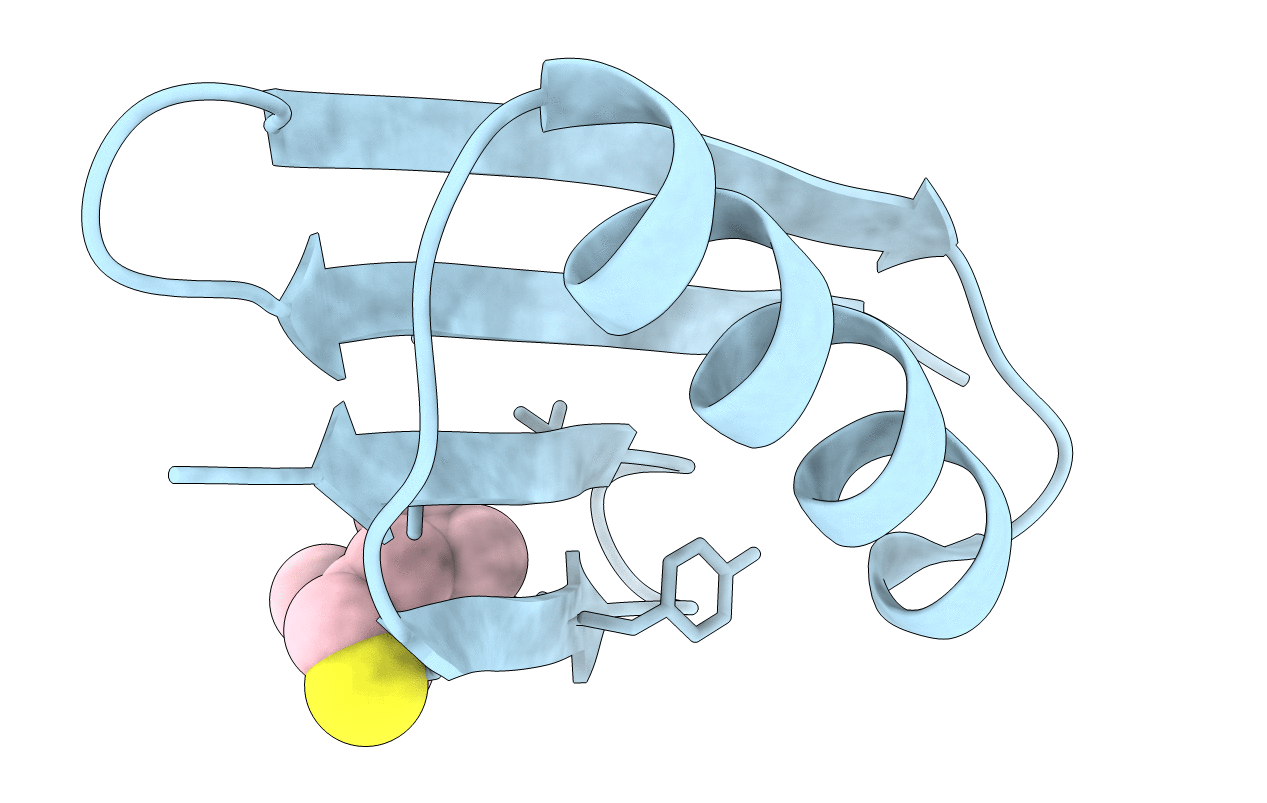
Deposition Date
2015-05-22
Release Date
2016-04-06
Last Version Date
2024-11-06
Entry Detail
PDB ID:
5BMH
Keywords:
Title:
Nitroxide Spin Labels in Protein GB1: T44 Mutant, Crystal Form B
Biological Source:
Source Organism:
Streptococcus sp. group G (Taxon ID: 1320)
Host Organism:
Method Details:
Experimental Method:
Resolution:
1.60 Å
R-Value Free:
0.17
R-Value Work:
0.15
R-Value Observed:
0.15
Space Group:
P 21 21 21


